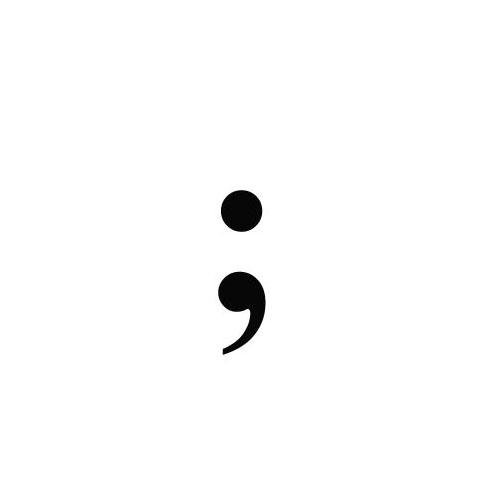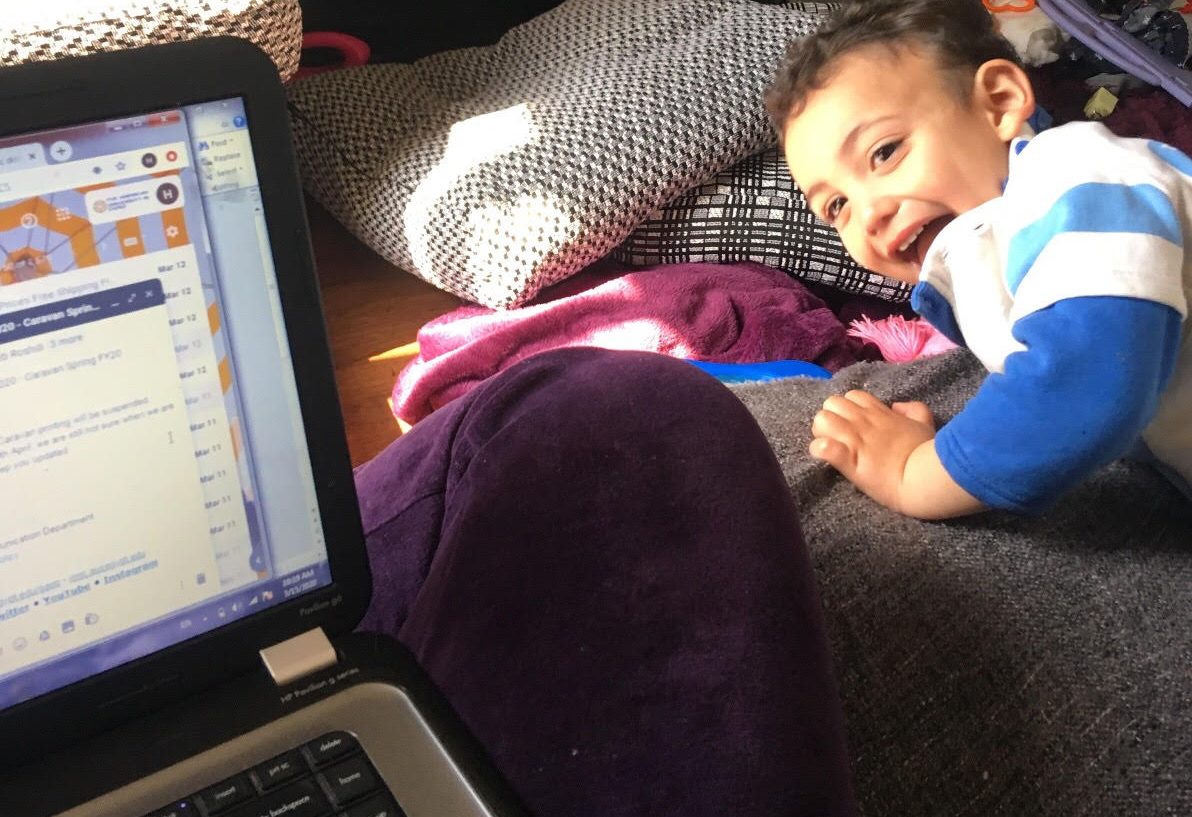Suicide is a Global Threat to Youth in the Internet Age
By: Monica Naguib
@MonicaNaguibb
“We saw no signs of what he was feeling until I found him,” J.H. says remembering finding her son’s lifeless body.
In 2017, her 17-year-old son committed suicide.
She said he talked about being bullied but never mentioned killing himself.
According to the World Health Organization (WHO), aroundw 800,000 people commit suicide every year making it the second leading cause of death among individuals aged 15 to 29.
His mother shared that the day he committed suicide, she went out thinking he was in his bed sleeping or sick. When she came back home, she found that he had hung himself in his bedroom.
J.H explained that it was hard to tell her 78-year-old father, but the worst part was that he accused her of the son’s death because she is divorced. His stepfather, brother and sister were all pointing fingers at one another – blaming each other for his death.
“He let the bullies win, he let everybody win in destroying him,” she added
According to an Egyptian Journal of Occupational Medicine research, during a period of just six months, 2350 suicidal attempts were reported to the National Egyptian Center of Toxicological and Environmental Research (NECTR).
Some 457 of those, which make up 19.4 percent of the total cases, were children and adolescents.
J.H. advises other parents to be more involved in their children’s lives, to know their friends and to spend more time with them. And whenever children need help, parents should listen, not judge.
But telltale signs are often difficult to spot.
Senior Counselor at the Student Counselling Centre Marwa Hussein said that thoughts of death range from hoping to be killed accidently to actively planning for suicide. Even if the person does not seek help, their friends and family should direct them to professional help when they notice suicidal thoughts and tendencies.
“Overcoming these negative thoughts is not easy at all. Keeping a record and setting realistic goals can help in thinking positively,” Hussein added.
Hussein pointed out that young adults who have suicidal thoughts are sometimes very relaxed and calm, as they may attend their classes as usual and hang out with friends.
Their behavior on the surface appears normal simply because they have already made the decision to commit suicide and are not as hesitant as before, she explained.
“Even if this person doesn’t seem to be serious, in a point of severe emotional distress, he or she might commit suicide. So, even if it requires hospitalization, this is better than leaving them to their thoughts,” Hussein added.
Hussein added that bidding farewell to close friends is among the warning signs of someone who is planning their suicide. This situation requires professional and immediate help.
Killing oneself impacts families and friends. However, there is a lot to do to prevent more suicide attempts and to help young adults with suicidal thoughts.
Multimedia Journalism Graduating Senior Serage Amatory said that he is working on an initiative called AUCare, as a part of his graduation project. He and his project partner, Khaldoun Abou Dargham, a music technology senior, see suicide as a problem that threatens every single member of the AUC community.
“I have dealt with extremely suicidal people who could not reach out for professional help because then they would have to ‘come out’ to their parents as being unwell and/or suicidal,” Amatory said.
“Such a problem, if not dealt with from different angles and every possible angle actually, can lead to catastrophic losses such as self harm and suicide,” Amatory added
Mechanical Engineering Senior Mohamed Khaled said that he has a friend suffering from severe depression and negative thoughts and he worries that he may harm himself one day.
Khaled shared that he is trying to help his friend through chatting with him, asking him to hang out together or play football together. He is also planning to introduce his friend to a psychiatrist to get the professional help he needs.
For Hassan El Sherbiny, electronic and communications engineering senior, coming to the edge of the proverbial cliff and looking into the abyss shook him to the core.
“I attempted suicide. But after that, I saved myself. What matters is that I am still alive. I am learning to start working in order to reduce my worries, but what matters is that I move on,” Hassan said.
Amatory believes it is necessary to end the stigma, to stop treating suicide as a taboo and to accept that it is a problem in society and hence take responsibility as well.
“For starters, we can ask a genuine ‘how are you’ and wait for an answer – not just use it as a greeting phrase and walk past the person. Smile to strangers; it works magic. Reach out to people because we all need each other and most importantly, let us try to start being honest about our state of being and be more forthcoming when we are not feeling well,” Amatory added.
Social Media and Dangerous Apps
But there are everyday things on the internet which lure young people, even children, dangerously close to suicide.
Recently, suicidal games such as “Blue Whale” and “Momo Challenge” went viral.
The Blue Whale is a social network game that came out in 2016 consisting of a series of missions assigned to players by administrators over 50 days. At first, the missions are easy such as, ‘wake up early’ or ‘watch a horror movie’.
Then, they become harder as elements of self-harm are introduced. The final mission requires the player to commit suicide and refusal to do so is met with threats.
Similarly, the Momo Challenge targets children and adolescents through social media platforms where a user named “Momo” asks players to do similar missions involving self-harm and leading up to committing suicide.
Unfortunately, a lot of children and young adults committed suicide due to these online games.
For instance, in April 2018, multiple Egyptian news sources reported that a 12-year-old boy had committed suicide to finish the “Blue Whale” last mission. The boy had a scar of the shape of a blue whale on his right arm.
In early 2019, the group of National Online Safety reported that the Momo Challenge even somehow found a way to YouTube Kids videos on Peppa Pig and Fortnite.
Research by the American Journal of Preventive Medicine indicates that reducing suicide and suicidal behavior in youth requires increasing access to mental health facilities and offering continuity of care for youth who attempted suicide.
It is also critical for parents, family and friends to engage with people who may seem troubled and monitor their social media use or what apps they use online.
A lot of bullying which ends in tragedy occurs online.
For Egypt, the suicide hotline numbers are 762 1602 and 3762 2381.
There are also several counseling centers that provide therapy sessions such as the Egyptian Association for Group Therapy, Heal, and Serenity.



